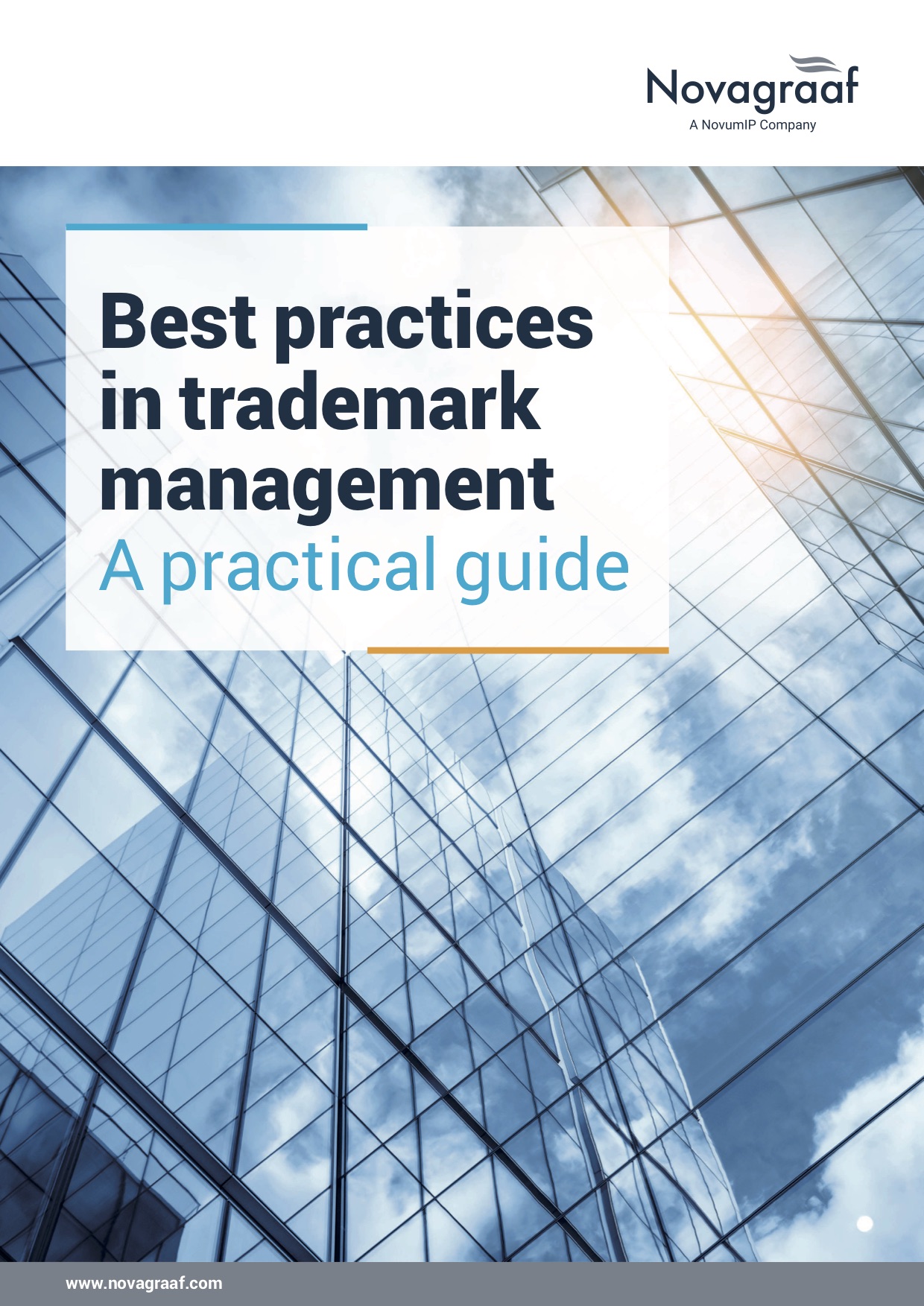Trademark management: Building a strategy for Europe


This is an excerpt from our white paper 'Best practices in Trademark Management: A practical guide'. Please click here to read the complete analysis and advice.
Novagraaf’s Chantal Koller on how businesses can adapt their trademark registration strategies to make best use of the opportunities offered by the EU trademark system.
Most businesses can make their European trademark (EUTM) registration and protection strategies, and budgets, work harder by taking some time to step back and examine their current portfolios. It is common to find, for example, doubling (and, in some cases, even tripling) of protection when it comes to national/EU and international coverage. This adds to the cost of renewals, and invariably also impacts budgets for the acquisition of future rights.
In some instances, it is sensible to retain those double rights; for example, if your mark could be at risk of revocation actions on the basis of non-use. However, it is likely that you will also identify duplicate marks that could be allowed to lapse, whether immediately or following some work on seniority claims.
Depending on the age of the portfolio, European rights should also be reviewed in light of recent changes in EUTM law and practice. Marks filed before June 2014 should be considered in light of the EUIPO (then OHIM) Convergence Programme. More recent rights and future filing strategies are also likely to benefit from some examination of recent EUTM reforms, as well as future planning in light of Brexit.
Time for a trademark healthcheck?
As we set out in previous articles on audits and valuation, portfolios require regular health checks to ensure that the rights they contain remain up-to-date both in terms of usage, but also in light of updates to trademark law and practice. If you haven’t already, reviewing your existing EU trademark portfolio with the changes above in mind will help you to identify which elements of protection should be added to the current status of registered marks. In particular:
- Are your trademarks valid and in use in all key markets and territories?
- Are your main logos protected in colour (as opposed to simply black and white)?
- Are the specific goods/services that apply to your business still covered by the wording used in the (maybe historical) EUTM registration (Sieckmann/IP Translator)?
- How well and differently are your ‘weak' (e.g. potentially descriptive) names protected in light of current EUIPO practice? For example, the use of graphic elements with non-distinctive word marks.
- Are you taking advantage of the changes to the rules for graphical representation, e.g. to register non-traditional trademarks?
You can find further guidance on the relevant changes to EU trademark law and practice by downloading our white paper 'Best practices in trademark management: A practical guide'.
Looking beyond EUTMs – to the rest of Europe
Brexit has provided an important reminder that not all of Europe is covered by an EUTM. Once Britain fully exits from the EU system (click here for our latest overview and action points), brand owners seeking to obtain UK protection as part of their European trademark registration strategies will need to include an additional UK registration. If they’re not already, they should also include such registrations for other European, but non-EU, countries, such as Switzerland, which are often overlooked in European filing strategies.
For more information or guidance on developing a robust trademark filing strategy for Europe, speak to your Novagraaf attorney or contact us below.
Chantal Koller is Managing Director – Trademarks at Novagraaf in Switzerland.